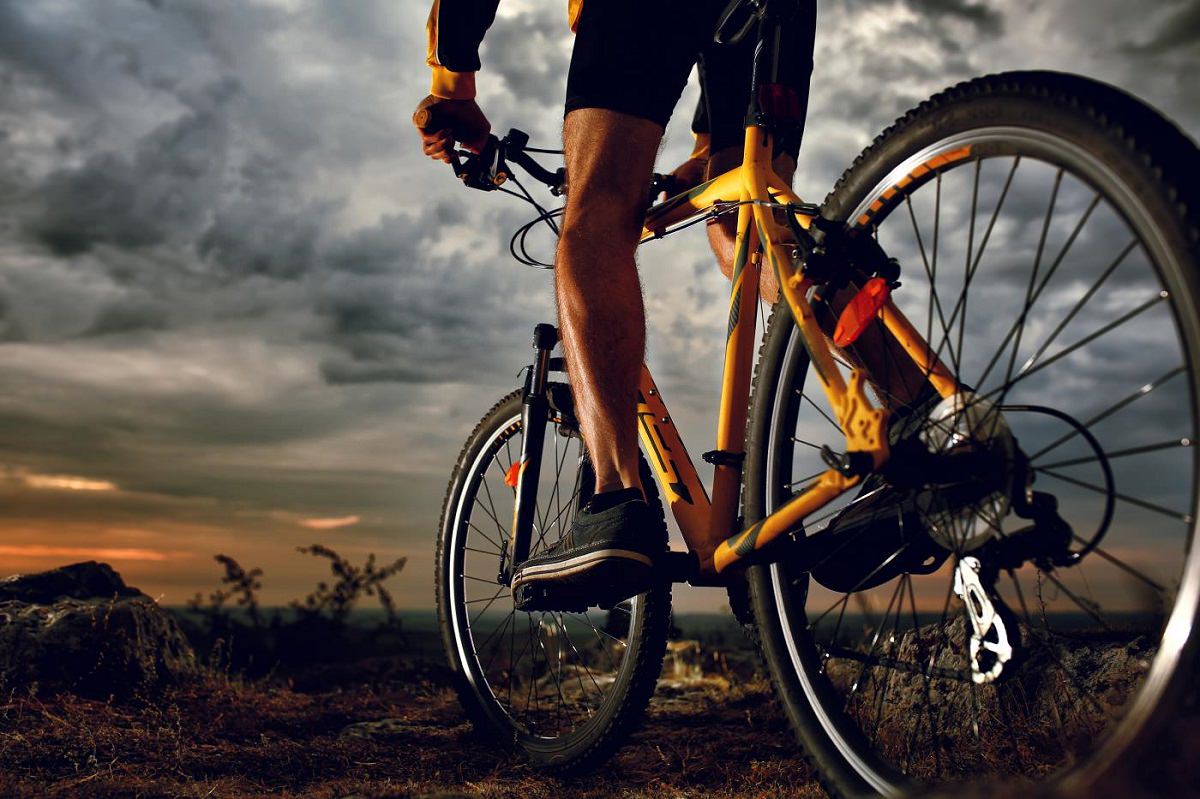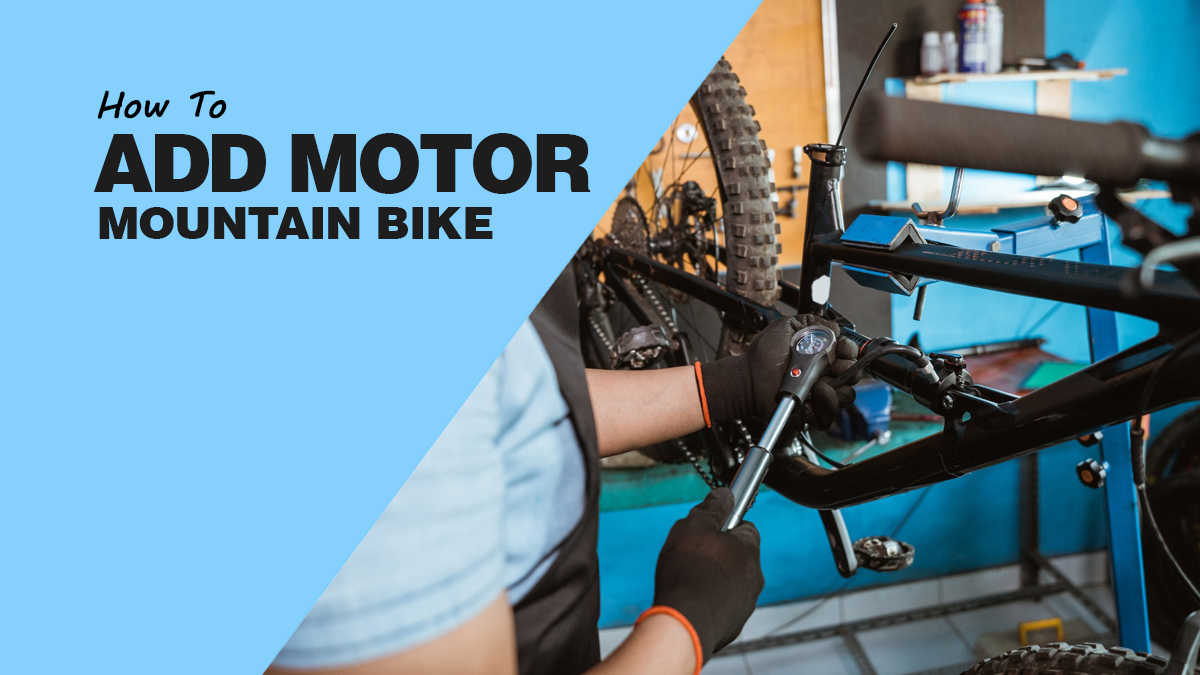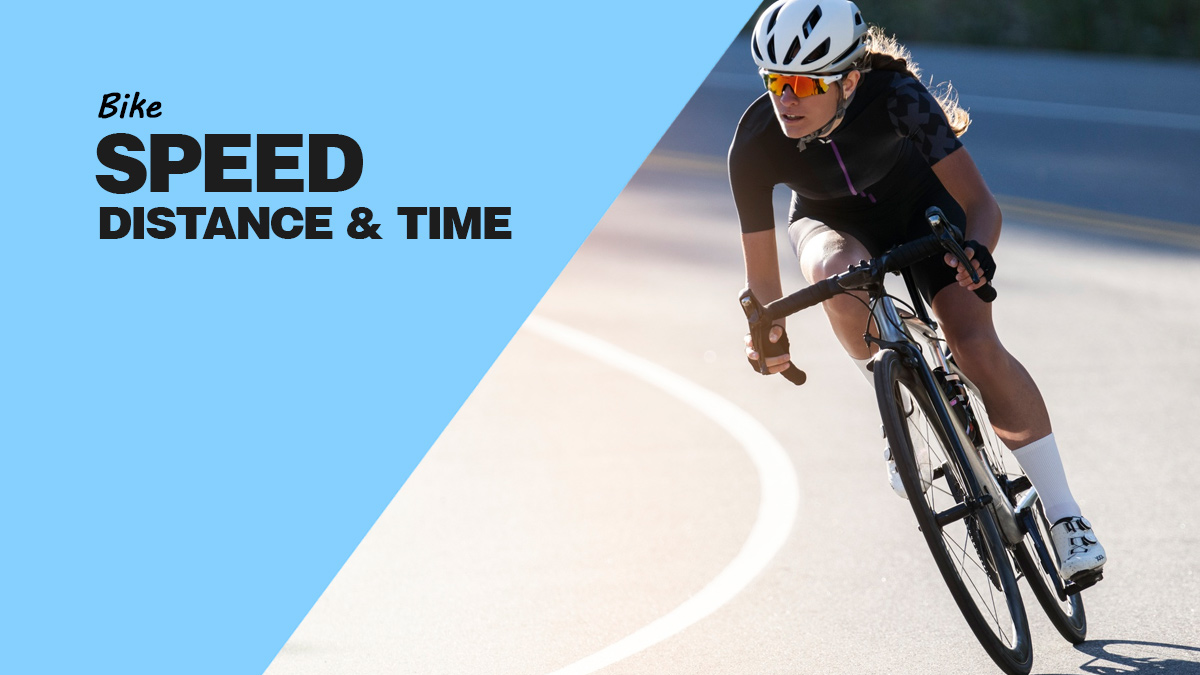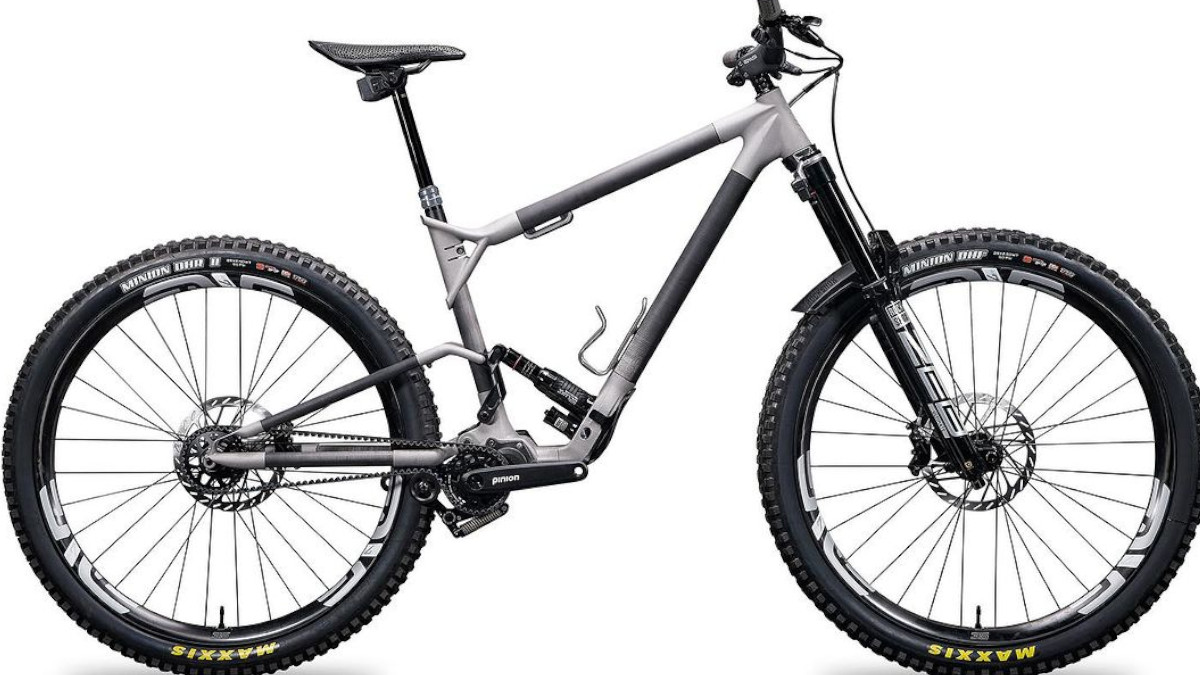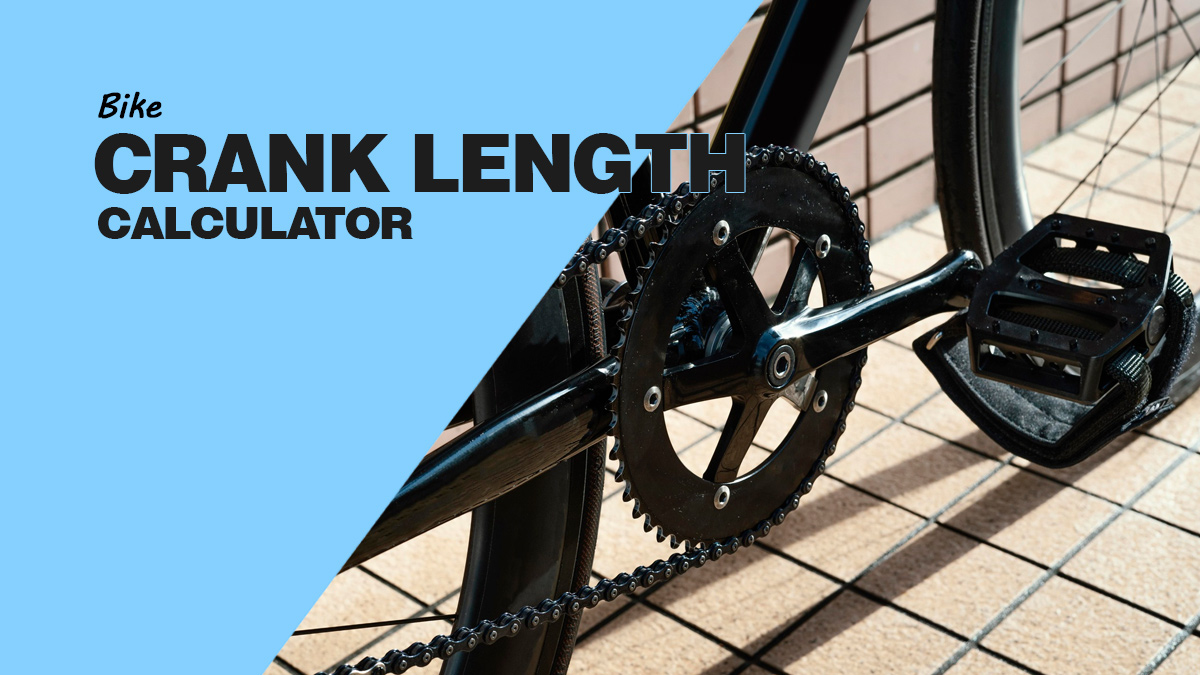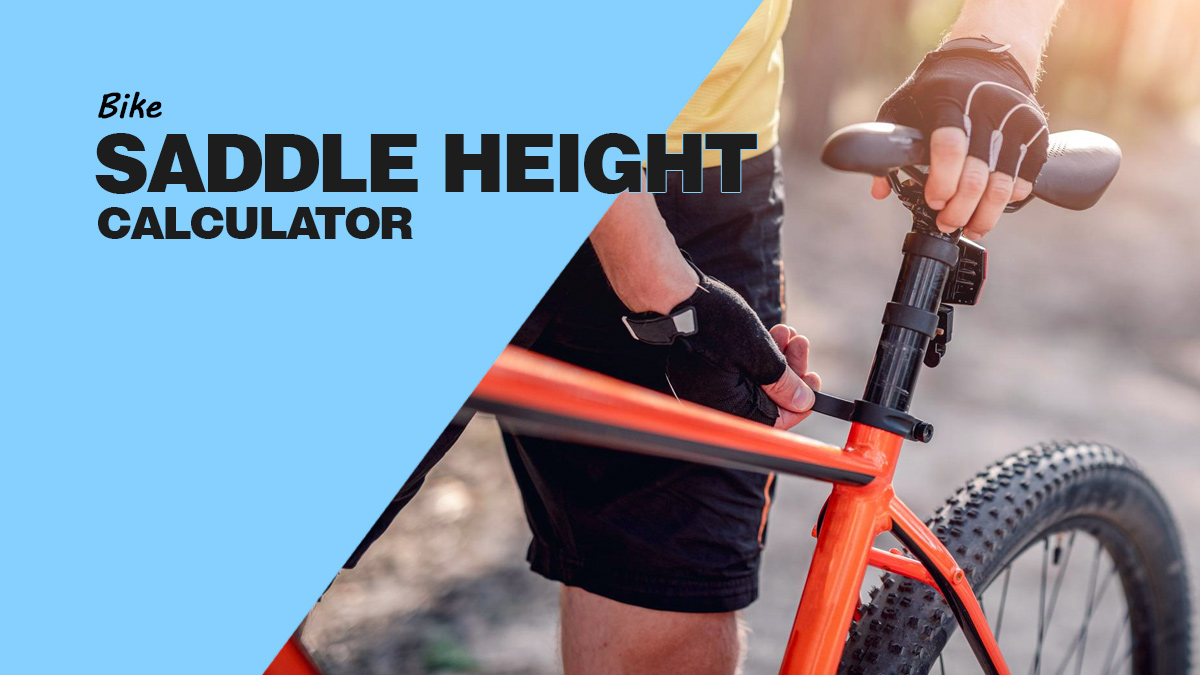Mountain Bike Tyre Pressure Calculator
Optimize your mountain biking adventure with our Tyre Pressure Calculator. Perfect pressure for the perfect ride.
Having the right tire pressure is important, especially when you are going to ride on technical terrains. Now, usually, different bikes will require different tire pressure. But, when it comes to mountain bikes, your tire pressure should be enough so that your tire does not wriggle under your weight. Get it?
Don’t worry. If you don’t understand all this, our MTB tire pressure calculator is designed to help you determine the optimal tire pressure for your mountain bike based on a variety of factors. It will help you find out the right pressure your tire should have.
How to Use
Our MTB tyre pressure calculator is designed to help you determine the optimal tyre pressure for your mountain bike based on a variety of factors. To use the calculator, simply input the required information, including your rider weight, tyre diameter, tyre width, riding type, and other relevant details. The calculator will then provide you with an estimated tyre pressure for both your front and rear tyres.
- Enter your weight in either kilograms (kg) or pounds (lb).
- Choose your tyre’s diameter and width from the given options.
- Indicate your tyre type – tubeless or with tubes.
- Mention your riding experience level.
- Specify if your usual trails are rough terrain.
- Define your riding style (XC, Enduro, Downhill, Freeride, etc.).
- Click “Calculate” and observe the recommended tyre pressure.
Understand the Results
Post calculation, you’ll be presented with an estimated tyre pressure for both front and rear tyres in psi and bar units. Remember, these are initial estimates and might require minor tweaks based on your ride preferences and trail conditions.
A Few Pointers to Consider
Tyre pressure optimization is a dynamic process, depending on trail conditions, weather, and your riding style. Begin with our estimated values and make necessary adjustments. Lower pressures offer better traction on rough terrains, while higher pressures reduce pinch flat risks and improve rolling resistance. Also, tubeless tyres have the advantage of running on lower pressures. Always, ensure to check your tyre pressure before each ride for optimal performance and safety.
Explore our guide on why do bike tires keep losing air to troubleshoot and keep your ride inflated.
Why the Correct Tyre Pressure Matters
Maintaining the appropriate tyre pressure is crucial to ensure your safety and enhance your mountain biking experience. It allows your tyres to grip the trail better, enabling you to navigate technical terrains confidently. It also helps prevent punctures and provides a smoother ride. Conversely, incorrect tyre pressure can cause poor traction, decreased control, and a harsh ride.
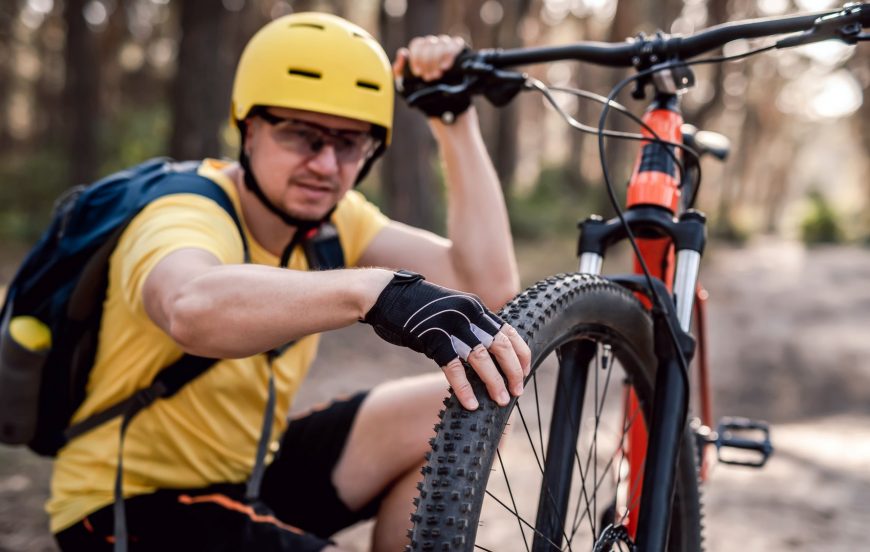
Factors Influencing Tyre Pressure
Several factors can influence your tyre pressure, including:
- Rider skill level
- Trail surface
- Weather conditions
- Altitude changes
- Tyre tread and compound
Tubeless vs Tubes: What’s the Difference?
Mountain bike tires can be set up as tubeless or with tubes. Here are the main differences between the two:
| Aspect | Tubeless Tires | Tires with Tubes |
|---|---|---|
| Inner Construction | No inner tube | Inner tube required |
| Running Pressures | Can run at lower pressures | May require slightly higher pressures |
| Puncture Resistance | Better puncture resistance due to sealant | Easier to repair if flat |
| Vulnerability to Pinch Flats | Less prone to pinch flats | More prone to pinch flats |
Are you confused about which tire to choose for your bike? Check out our comprehensive guide on clinchers, tubular, and tubeless bike tires.
Identifying Incorrect Tyre Pressure
Incorrect tyre pressure can be detrimental to your ride. High tyre pressure might result in a harsh ride and reduced grip, particularly in corners. On the other hand, low tyre pressure might cause tyre squirm, increased risk of pinch flats, or burping from tubeless tyres. Adjust your tyre pressure based on these signs and your preferences for optimal performance.
Tailoring Tyre Pressure for Different Riding Styles
Different mountain biking disciplines may necessitate varying tyre pressures:
- Cross-Country (XC): Higher pressures for efficiency and reduced rolling resistance.
- Enduro: Moderate pressures for a balance of grip and stability.
- Downhill (DH): Lower pressures for maximum grip and control on rough terrains.
- Fat Biking: Very low pressures to float on soft surfaces like snow or sand.
Frequently Asked Questions (FAQs)
What is the ideal saddle height for cycling?
As your tyre pressure can vary due to temperature fluctuations among other factors, we recommend checking it before each ride.
Can I maintain the same tyre pressure for all trails?
Not necessarily. Different trails and conditions might demand adjustments to your tyre pressure. Factors such as trail surface, weather, and technical difficulty should be considered when setting your pressure.
What are the risks of low tyre pressure?
Extremely low tyre pressure can lead to tyre squirm, poor handling, burping (specific to tubeless tyres), and an increased risk of pinch flats or rim damage.
What are the risks of high tyre pressure?
Overly high tyre pressure can cause a harsh ride, reduced traction, and poor grip, particularly in corners.
The guidelines provided here are to be used as a starting point. Individual preferences and conditions may vary, and we recommend you use your judgment and experience to fine-tune your tyre pressure for optimal performance and comfort on the trail.
Can a car tyre pressure gauge be used for mountain bike tyres?
While it is technically possible, a car tyre pressure gauge may not offer the accuracy required for low-pressure bike tyres. For the most accurate measurements, we suggest using a dedicated bike tyre pressure gauge or a pump equipped with a built-in gauge specifically designed for mountain biking.
How do I recognize if my tyre pressure is too low while riding?
Signs of low tyre pressure during a ride include lack of stability in corners, a sensation of the tyre “squirming” or rolling under the rim, poor handling, and an increased risk of pinch flats or tubeless tyre burping. If you notice any of these signs, consider increasing your tyre pressure slightly.
How can I tell if my tyre pressure is too high while riding?
If your ride feels harsh and bumpy, or if you notice reduced traction and grip (especially in corners), and difficulty in absorbing impacts from rough terrain, your tyre pressure might be too high. In such cases, consider reducing your tyre pressure slightly.
Should weather conditions affect my tyre pressure adjustments?
Absolutely. Weather conditions can significantly influence the optimal tyre pressure for your ride. For instance, in wet or slippery conditions, slightly lowering your tyre pressure can enhance grip and traction. Conversely, in hot weather, be aware that the air inside your tyres can expand, potentially increasing the pressure, so adjust accordingly.
Is it common to use different tyre pressures for the front and rear tyres?
Yes. Often, riders opt for slightly different tyre pressures for the front and rear tyres. The rear tyre, bearing more weight, is more susceptible to pinch flats, hence may require a higher pressure. The front tyre, crucial for steering and control, might benefit from a slightly lower pressure to improve grip and handling. Experimenting with different pressures can help you find what works best for you.
Discover the thrill of fat tire biking! Explore the reasons why you should buy a fat tire bike.
Wrapping Up
A mountain bike tire pressure is typically 22psi (1.5 bar) to 35psi (2.4 bar). I usually keep more air in my rear tire as compared to my front one. However, I would suggest that you make changes to this pressure according to your riding terrain. The optimal pressure differs from one ride to another.
By factoring in your weight, tire size, riding style, and trail conditions, you can fine-tune your tire pressure for maximum performance and comfort. If you have any questions, reach out to me in the comment section below. I’ll be glad to help.
Happy riding!
More Bike Related Calculators:
- Crank Length Calculator
- Bicycle Gear Speed Calculator
- Bike Size Calculator
- Bicycle Gear Inches Calculator
- Bike Gear Ratio Calculator and Charts
- Skid Patch Calculator
- Fixed Gear Calculator: Bike Gear Calculator
- Bicycle Gear Ratio Dynamic Chart
Should you have any questions or require further clarification on the topic, please feel free to connect with our expert author Rhodes Perry by leaving a comment below. We value your engagement and are here to assist you.


